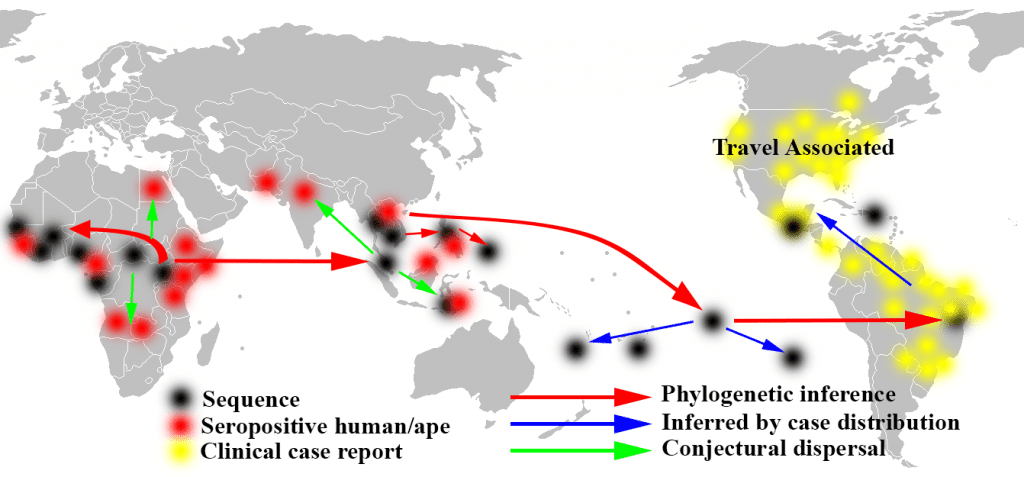A protein naturally found in most humans in Micronesia and Asia could hold the key to curing Zika. Researchers from Texas have found that the interferon-induced protein 3 (IFITM3) greatly increases the body’s ability to fight the disease.
“IFITM3 pretty much keeps Zika virus stuck in no man’s land, where it can’t do anything to harm us,” George Savidis who was involved in the trials told UMass Medical School Communications.

In 2016, a huge Zika outbreak has ravaged through South America, threatening to spread to other parts of the world as well. While we do have a much better understanding of the virus than we did a year ago, there are still many things we don’t understand about the virus and the damage it causes. Even a couple of months ago, a cure was not in sight but now, there’s a glimmer of hope.
The treatment has been successfully trialed in the lab, but hasn’t even been tested on mice; normally we wouldn’t get overly excited about this because it takes years for the same study to be replicated in humans, but this is a unique situation.
A global pandemic may be imminent, despite many hurdles were eliminated and the whole research process was accelerated in the hope of finding a Zika cure or prevention. The study in case, for example, was published only eight weeks after the lab received the first Zika sample.
“We just plugged Zika virus into our system and immediately began testing it,” Brass told UMass. “What might have taken many months or longer to build, we were able to turn around in just several weeks. Zika virus has a weakness that we could potentially exploit to prevent or stop infection.”
The Zika outbreak began in April 2015 in Brazil, and has spread to other countries in South America, Central America, Mexico, and the Caribbean. In January 2016, the WHO said the virus was likely to spread throughout most of the Americas by the end of the year, with over 1,5 million infected people in Brazil alone. Over 3,500 cases of microcephaly reported between October 2015 and January 2016, caused by the Zika virus.






